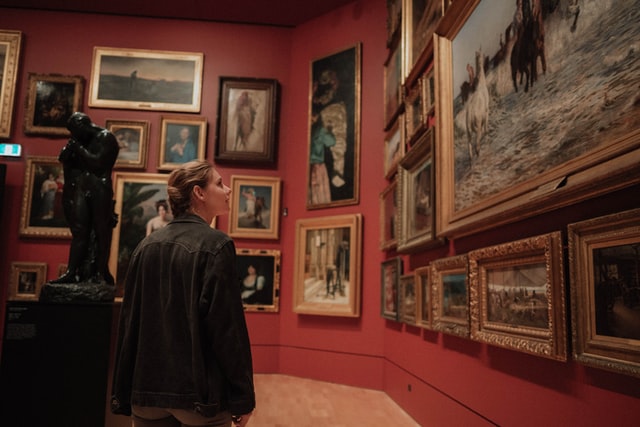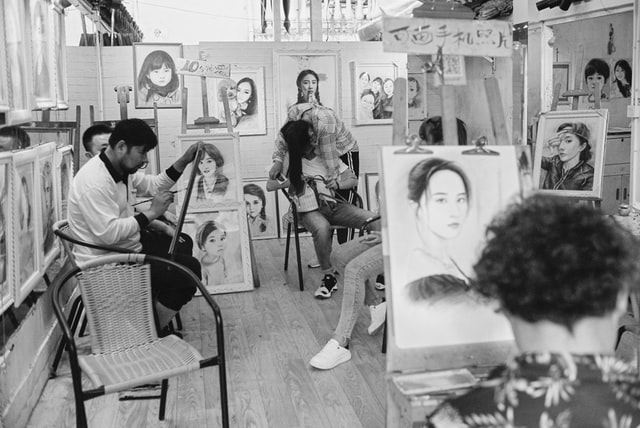
What can I do with a master in Art education?
Many people mistakenly believe that art education involves relatively few career options. While teaching in a school in the traditional sense is a viable choice for those with a master’s degree in art education, many different career paths are perfect for those with a passion for both art and teaching.
Teaching Artist
At first glance, a teaching artist may seem like a different way to say art teacher, but there are several key differences in these two paths. A teaching artist operates more like a freelance writer or consultant. Creating a flexible schedule and building a client list allows artists to work on their own skills while earning a paycheck, which further refines those skills.
As a teaching artist, you can do a short or long-term residency at a school, run artistic workshops at museums for special events, or teach weekly classes at community centers. Working as a teaching artist gives you the freedom to do as much or as little of these as you choose, though it does require a significant amount of self-motivation to succeed.
Keep in mind that you will most likely be considered self-employed for tax purposes and other paperwork, so be mindful to keep immaculate records.
Museum Educator

Working within a museum in an educational capacity means being very comfortable with public speaking and being able to connect with audiences of wildly different generations. In the same way that a classroom art teacher needs to bring these artistic concepts to life and inspire their students, a museum educator needs to make the museum’s contents come alive for the patrons.
Just like schools, museums vary wildly in size and capacity. As a museum educator, your job title can involve wearing many different hats, so this can be an ideal path for those who enjoy variety in life.
Earning your master’s degree in art education will undoubtedly be a requirement for this kind of position.
Another critical factor is gaining an internship or other collaborative assignment with a museum while you are in school.
Higher Education

While working in the K-12 setting has its own challenges associated with it, teaching at a higher education level involves a very refined skill set as well. If you are teaching at this level, you may teach studio practices that engage your students on conceptual and technical levels.
As an educator in this position, you will essentially be managing a training ground for future teachers and artists.
Understandably, full-time positions in this field are difficult to find and highly competitive. To reach this level, you will need to earn your Master’s Degree and most likely enter as a part-time lecturer or a similar capacity.
More than meets the eye
Earning your master in art education will open far more doors than many people might believe.

Career opportunities in the arts are often only limited by your imagination, and you have the freedom to walk through as many of those doors as you choose.




















